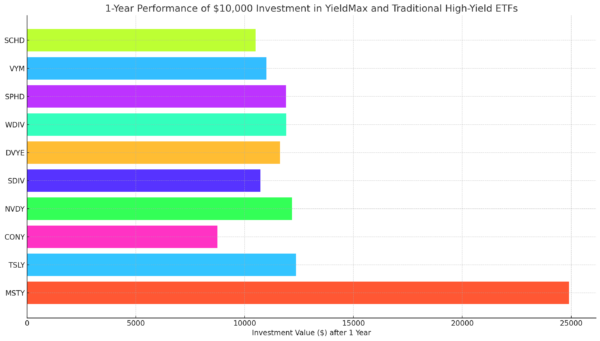A COVID-19 Downgrade of a Dividend Aristocrat
The economy is in shambles. A White House economic advisor expects U.S. gross domestic product to fall by an unimaginable 20% to 30% in the second quarter this year. He also expects Great Depression levels of unemployment.
As a result, we’ve adjusted our ratings here at SafetyNet Pro headquarters to adopt a much more conservative stance.
For example, the threshold for a company’s payout ratio was lowered by 33% to ensure that the companies rated “A” or “B” are truly safe from a dividend cut.
Under normal circumstances, a company that historically paid out 75% of its free cash flow in dividends doesn’t worry me. Today, it does – particularly if it has a high debt load.
As a result of these stricter guidelines, a household name Dividend Aristocrat suffered a big downgrade.
AT&T (NYSE: T) has raised its dividend every year since it was its own company, having been broken up by the federal government and forced to spin off regional telephone companies (the “Baby Bells”).
A Dividend Aristocrat is a member of the S&P 500 Index that has grown its dividend every year for at least 25 years. AT&T qualifies, having hiked the dividend payout annually since 1985 for an impressive 36-year track record.
Here’s where it gets sticky…
Free cash flow is estimated to drop 14% this year. SafetyNet Pro does not like it when a company’s free cash flow falls.
But also contributing to the downgrade are the tighter payout ratios now used by SafetyNet Pro.
In 2019, the company paid out 51% of its free cash flow in dividends. That’s just a hair above the new 50% threshold. If a payout ratio is above 50%, the stock’s rating gets dinged. That limit used to be 75%.

This year, the payout ratio is forecast to come in at 58%, also causing a demerit in the ratings scale.
Six months ago, those numbers wouldn’t have been a problem. But a lot has changed in six months. The world, including the business world, is a very different place.
And as I mentioned, I am erring on the side of being conservative, as I don’t want any readers to be caught off guard with a dividend cut or suspension.
Lastly, AT&T has $144 billion in debt. That’s too much compared with its earnings before interest, taxes, depreciation and amortization (EBITDA).
As a result, AT&T’s dividend safety rating is a “D.”
Now, do I expect AT&T to cut its dividend? No. It has a 36-year track record of dividend increases that I’m sure it will want to keep intact. Additionally, the payout ratio isn’t particularly high.
But in this new environment, it can’t be considered as safe as it was just a few months ago.
Dividend Safety Rating: D

If you have a stock whose dividend safety you’d like me to analyze, leave the ticker symbol in the comments section.
You can also type your favorite company’s name in the search box in the upper right-hand portion of the page to see if I’ve written about it recently.
About Marc Lichtenfeld
Marc Lichtenfeld is the Chief Income Strategist of Investment U’s publisher, The Oxford Club. He has more than three decades of experience in the market and a dedicated following of more than 500,000 investors.
After getting his start on the trading desk at Carlin Equities, he moved over to Avalon Research Group as a senior analyst. Over the years, Marc’s commentary has appeared in The Wall Street Journal, Barron’s and U.S. News & World Report, among other outlets. Prior to joining The Oxford Club, he was a senior columnist at Jim Cramer’s TheStreet. Today, he is a sought-after media guest who has appeared on CNBC, Fox Business and Yahoo Finance.
Marc shares his financial advice via The Oxford Club’s free daily e-letter called Wealthy Retirement and a monthly, income-focused newsletter called The Oxford Income Letter. He also runs four subscription-based trading services: Technical Pattern Profits, Penny Options Trader, Oxford Bond Advantage and Predictive Profits.
His first book, Get Rich with Dividends: A Proven System for Earning Double-Digit Returns, achieved bestseller status shortly after its release in 2012, and the second edition was named the 2018 Book of the Year by the Institute for Financial Literacy. It has been published in four languages. In early 2018, Marc released his second book, You Don’t Have to Drive an Uber in Retirement: How to Maintain Your Lifestyle without Getting a Job or Cutting Corners, which hit No. 1 on Amazon’s bestseller list. It was named the 2019 Book of the Year by the Institute for Financial Literacy.






